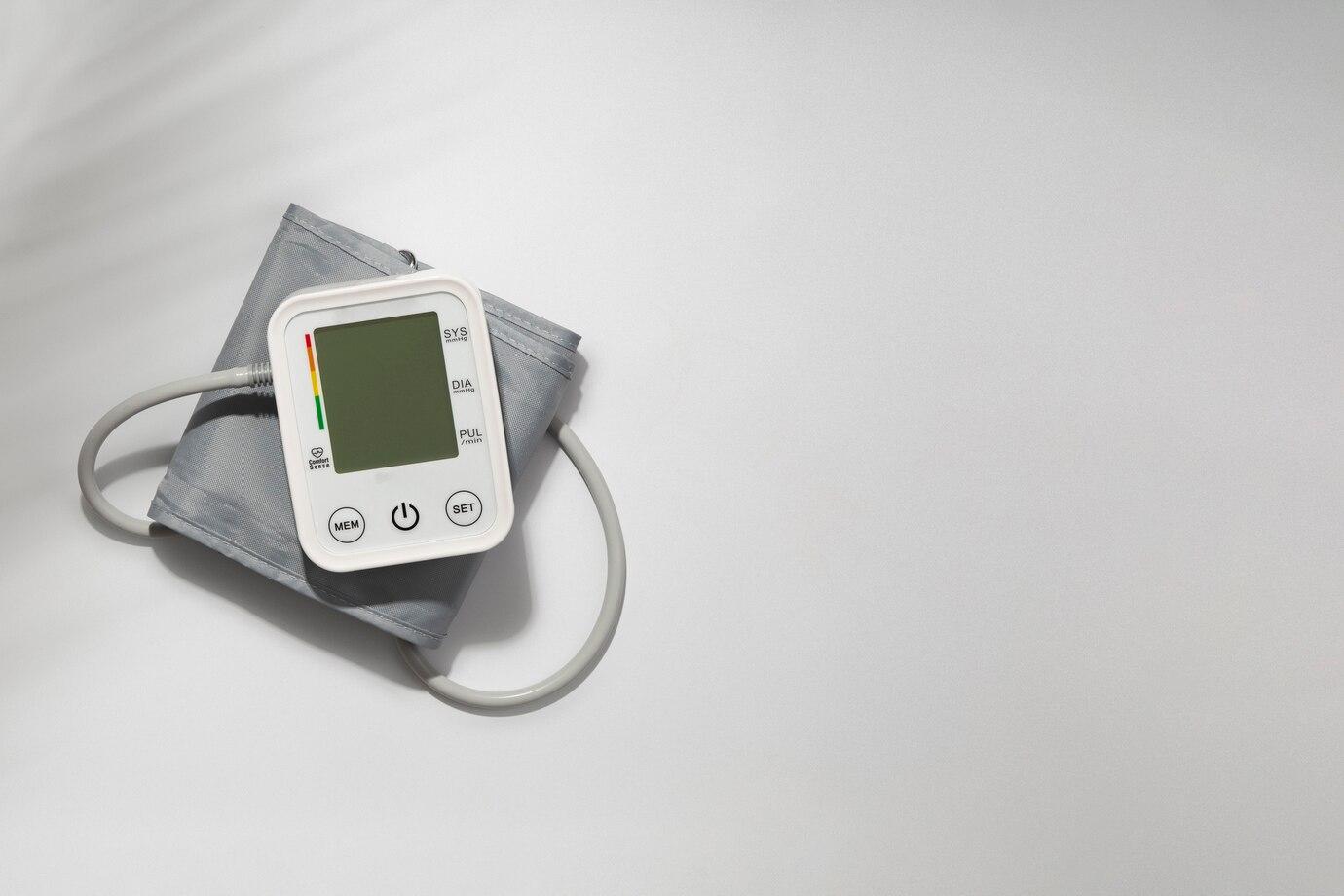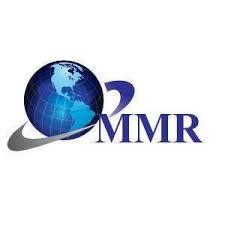Спонсоры
Atrial Fibrillation Market Forecast: Factors Driving Demand for Advanced Medical Devices and Wearable Technologies

Atrial fibrillation (AF), the most common type of arrhythmia, affects millions of people globally. The condition leads to irregular heart rhythms and significantly increases the risk of stroke, heart failure, and other cardiovascular complications. As the global population ages and the prevalence of AF increases, the demand for effective treatments and monitoring devices is on the rise.
Market Overview
The atrial fibrillation device market is primarily driven by the increasing prevalence of AF and the growing awareness of the disease. According to the World Health Organization, more than 33 million people worldwide suffer from atrial fibrillation, and the number is expected to rise significantly as the global population ages. AF can be managed with medications, lifestyle changes, and in some cases, through medical devices such as pacemakers, defibrillators, and catheter ablation systems. The expansion of this market is largely influenced by the need for efficient and long-term treatment options that can mitigate the risks associated with AF, including stroke and heart failure.
Technological Advancements in Atrial Fibrillation Devices
Over the past decade, technological advancements have played a crucial role in revolutionizing the AF treatment landscape. Innovations in medical devices, such as improved diagnostic tools, wearable monitors, and minimally invasive surgical procedures, are transforming the way atrial fibrillation is managed. Some of the most notable devices in the market include:
-
Catheter Ablation Systems: These systems allow doctors to target and eliminate faulty electrical pathways in the heart that cause AF. They are considered a gold standard for the treatment of persistent AF and have seen substantial growth due to their effectiveness and reduced risks of complications.
-
Pacemakers and Implantable Cardioverter Defibrillators (ICDs): These devices help regulate the heart's rhythm and prevent dangerous arrhythmias. The growing adoption of these devices, particularly among elderly populations, has significantly fueled market growth.
-
Wearable Devices: The rise of wearable technology has revolutionized the monitoring of AF. Devices such as wearable ECG monitors can detect irregularities in the heart's rhythm and alert patients and healthcare providers in real time. These devices are expected to become more widespread, given the increasing demand for non-invasive and patient-friendly options.
-
Left Atrial Appendage Closure Devices: These devices are designed to prevent blood clots in patients with AF, reducing the risk of stroke. The growing recognition of stroke risk among AF patients is expected to further boost the demand for such devices.
-
Advanced Imaging Systems: Imaging technology is evolving to offer more precise mapping and visualization of the heart's electrical activity, enhancing the accuracy of treatments such as catheter ablation. This technology enables physicians to make more informed decisions, improving treatment outcomes and reducing procedure times.
Market Drivers
Several factors are driving the growth of the atrial fibrillation device market. These include:
-
Rising AF Prevalence: The aging population is one of the primary contributors to the increasing prevalence of atrial fibrillation. AF is more common in older adults, and as life expectancy continues to rise globally, the incidence of AF is expected to grow exponentially.
-
Technological Innovations: Advances in medical device technology are improving treatment outcomes, making procedures more efficient, and reducing recovery times. This encourages wider adoption of devices for both prevention and treatment.
-
Increasing Awareness: There is a growing awareness of the health risks associated with AF, including stroke and heart failure. This is leading to earlier detection and a greater demand for effective treatment options.
Market Challenges
Despite its promising growth, the atrial fibrillation device market faces several challenges. One of the biggest challenges is the high cost of advanced medical devices, which may limit accessibility, particularly in developing regions. Additionally, the complexity of some treatments, such as catheter ablation, requires specialized skills and equipment, posing a challenge to healthcare providers in regions with limited resources.
Future Outlook
The atrial fibrillation device market is expected to experience steady growth over the next decade. As medical technologies continue to evolve, the introduction of innovative, minimally invasive devices and treatments will improve patient outcomes and reduce treatment costs. Furthermore, the increasing demand for personalized medicine and digital health tools, such as wearable AF monitors, will drive the development of new products that cater to patients' specific needs.
Conclusion
The atrial fibrillation device market is positioned for significant growth in the coming years. With the aging population, technological innovations, and increasing awareness of AF, the market presents a promising opportunity for both established players and new entrants. The development of advanced, cost-effective, and minimally invasive devices will be key to meeting the needs of patients and healthcare systems worldwide.



